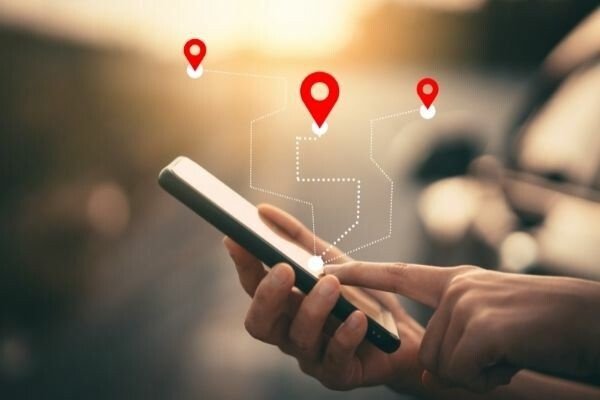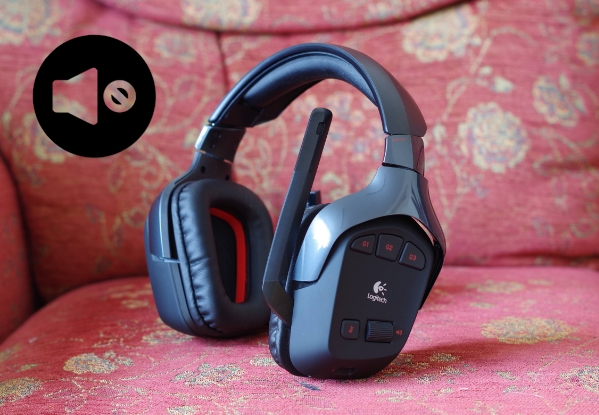In today’s interconnected world, location-sharing features have become commonplace on smartphones. Whether it’s for meeting up with friends, ensuring the safety of loved ones, or simply finding your way around town, location services play a vital role in our daily lives. However, there are times when individuals may choose to disable their location services for various reasons. In this comprehensive guide, we will delve deeper into the world of location services, explore the indicators that can help you determine if someone has disabled their location services, and understand the motivations behind this decision.
Before we dive into the methods of detecting disabled location services, let’s briefly understand what location services are and how they function. Location services are a feature on smartphones that utilize a combination of GPS (Global Positioning System), Wi-Fi, cellular data, and even Bluetooth to determine the device’s geographical location. This information can then be shared with various apps and services to provide location-based functionality.
Common uses of location services include:
- Navigation: Apps like Google Maps and Apple Maps rely heavily on location services to provide accurate turn-by-turn directions and real-time traffic information.
- Location Sharing: Users can share their real-time location with friends and family through apps like Find My Friends or via platforms like iMessage.
- Local Recommendations: Apps like Yelp and TripAdvisor use your location to recommend nearby restaurants, hotels, and attractions.
- Emergency Services: Location services can be crucial for emergency services to pinpoint your location when you dial 911 or use other emergency features on your phone.
Now that we have a basic understanding of location services, let’s explore how to determine if someone has disabled them.
Location Unavailable Message:
One of the most straightforward signs that someone has disabled their location services is the appearance of a message like “Location is not accessible” or “Location is not found” when you attempt to access their location. This message is a clear indication that the person’s device is not sharing location data with the apps or services you are using.
Inability to Pinpoint Their Location in Find My Friends:
Find My Friends, a popular app on both iOS and Android platforms, allows users to track the real-time location of individuals who have granted them access. However, if someone has disabled location sharing in Find My Friends, you won’t be able to pinpoint their location on the app’s map. It’s essential to understand that for Find My Friends to provide accurate location data, the user must be connected to the internet.
Absence of Location on iMessage Map:
If you want to check someone’s location using iMessage, you can send them a location request. If the recipient’s location cannot be found on the iMessage map, it’s because they have disabled location services. Keep in mind that you can only track someone using iMessage if they have enabled location sharing for that specific conversation.
Directly Asking Them:
In some cases, straightforward communication is the best approach. If you want to know whether someone has turned off their location services, consider asking them directly. It’s possible that factors such as a lack of internet access or a dead phone battery could lead to an inaccurate location update, so keep this in mind when discussing the issue.
Checking with Trusted Contacts:
You can verify whether your location-sharing feature is functioning correctly by checking your phone’s current position or its last known location using the Find My app. To determine if someone has turned off their location sharing, ask a trusted friend or family member who shares your location to check if they can see your position on a map.
“You Stopped Sharing Location With” Indicator:
In some situations, individuals may choose to selectively share their location due to privacy concerns. If someone has disabled location sharing, you may notice a notice in your conversation thread that reads, “You Stopped Sharing Location With.” This serves as a clear indicator that they have turned off their location services. However, it’s essential to recognize that this action could be unintentional or temporary.
Why Someone Might Disable Location Services:
Understanding why someone might disable their location services can provide valuable insights into their decision. Here are some common reasons:
- Privacy Concerns: Some people disable location services to safeguard their privacy. They may not want others to track their every move or have access to their location data.
- Safety: In certain situations, individuals may turn off location services to avoid sharing their location, especially if they are in unfamiliar or sensitive areas.
- Battery Conservation: Enabling location services can consume significant battery power, leading some users to disable it to extend their device’s battery life.
- Intermittent Use: Some people may disable and enable location services based on when they want to share their location. They may choose to share their location temporarily for specific events or outings.
- Data Usage: Location-based services often require an internet connection, so users without internet access may disable location services to conserve data.
Common Misconceptions
As we explore the world of location services, it’s important to address common misconceptions and clarify some important points.
“Location Not Found” Doesn’t Always Mean Disabled:
Seeing the message “Location is not found” doesn’t automatically imply that someone has intentionally disabled their location services. Many factors can contribute to this message, including issues with the individual’s device, connectivity, or even the specific app or service being used.
Location Services Require a Signal:
For your phone to share its location with others, it must have a signal, whether it’s a cellular connection or a Wi-Fi network. If someone doesn’t have service, their location won’t be available, even if they have location sharing enabled.
Phone Turned Off Equals No Location:
If someone turns off their phone, their location services will also be disabled. This means you won’t be able to track their location when their device is powered off.
Temporary Sharing Options:
Many location-sharing services offer options for temporary location sharing. If someone shared their location with you for a specific duration, such as an hour or a day, don’t be surprised if it stops after that period.
iCloud and Location Sharing:
With the introduction of iOS 13 and later versions, the “Share My Location” feature is linked to an Apple ID login. If your loved one doesn’t use iCloud or has logged out, you won’t be able to track their location. Encouraging them to use iCloud and share their location is a potential solution in such cases.
Internet Connection Is Crucial:
Apple’s iMessage relies on an active internet connection for sharing location data. Without internet access, you won’t be able to locate someone via iMessage. It’s worth noting that while iMessages can be sent over Wi-Fi, a data plan is required for location sharing.
Forgetting to Re-Enable Location Services:
Some individuals may inadvertently disable location services and forget to re-enable them. This can happen due to various reasons, including accidental settings changes or confusion regarding their device’s settings.
Troubleshooting Location Services Issues
If you encounter a situation where someone’s location is unavailable, consider these troubleshooting steps to determine the cause and potentially resolve the issue:
- Restart the Phone: Sometimes, restarting a smartphone can resolve issues related to location services.
- Clear App Cache: If you’re using a specific app for location sharing, clearing its cache and restarting the app can help.
- Check Date and Time Settings: Ensure that the date and time settings on the device are accurate, as this can affect location sharing.
- Internet Connection: Confirm that both you and the person you’re trying to locate have an active internet connection.
- Location Services Settings: Make sure that location services are enabled on the device. To do this, go to Settings > Privacy > Location Services and check the settings for specific apps.
- Reconnect in Find My Friends: If using Find My Friends, try removing the person from your list and sending them a new location sharing request.
Is Location Traceable When the Phone Is Off?
A common question is whether someone’s location can still be traced even when their phone is powered off. The answer is no; if the target person turns off their phone, you won’t be able to track their whereabouts. The most effective way to conceal your location is to put your phone in airplane mode, which disables all wireless and data connections.
The Evolution of Location Services: From Find My Friends to Find My
For Apple users, the evolution of location-sharing services has been significant. Prior to iOS 13, location sharing was primarily facilitated through the “Find My Friends” app. However, with the release of iOS 13, Apple merged Find My Friends with the Find My iPhone app to create a unified service simply called “Find My.”
Conclusion
In conclusion, determining if someone has disabled their location services involves recognizing specific indicators and effective communication. While these methods can provide insights, it’s crucial to respect people’s privacy and understand their reasons for disabling location services. Personal preferences, privacy concerns, and various technical factors can all play a role in this decision.
Whether you’re a concerned friend or family member or simply curious about someone’s whereabouts, approaching the topic with empathy and open communication is essential. The ability to share or hide one’s location is a personal choice, and understanding and respecting those choices is paramount in today’s digital age.
As technology continues to evolve, so too will our understanding of location services and our ability to navigate the complexities of sharing and safeguarding our personal information. By staying informed and respecting the choices of those around us, we can strike a balance between connectivity and privacy in our digital lives.
Experiencing difficulties with your Device, check out our “How To” page on how to resolve some of these issues.








